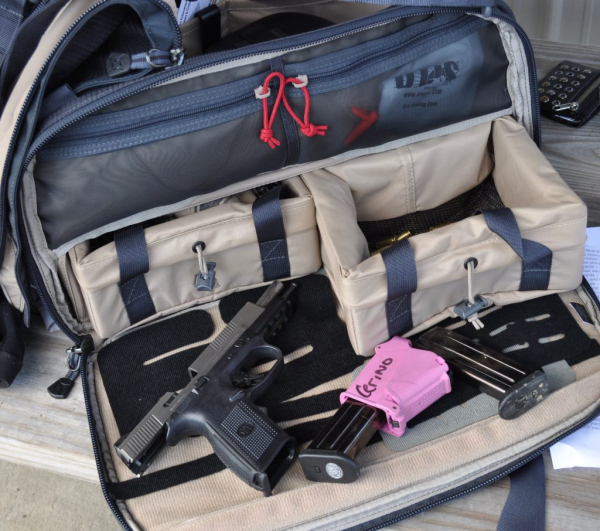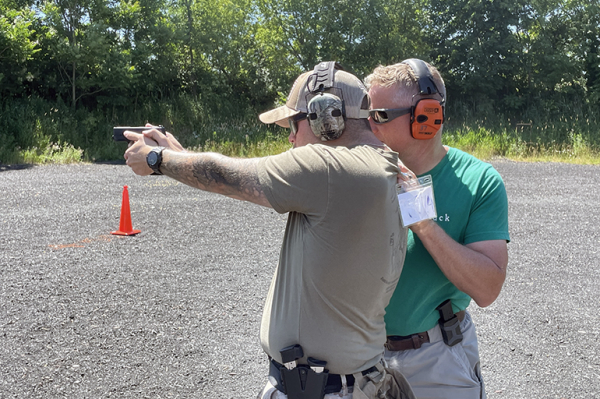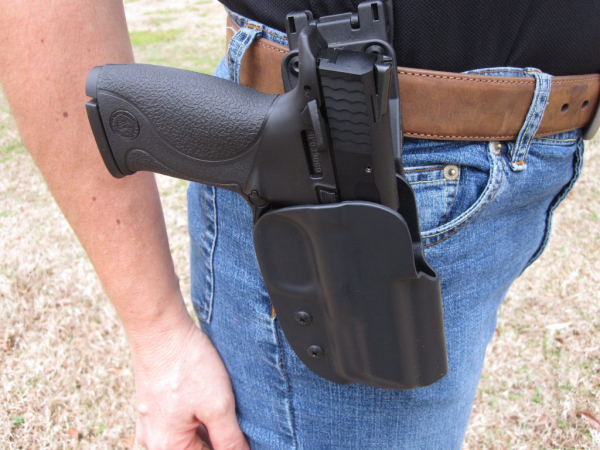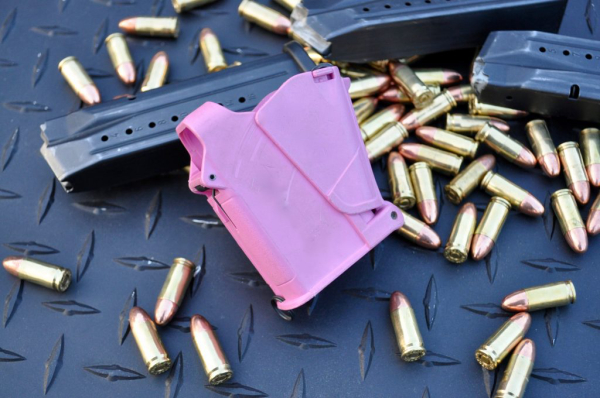Today’s feature comes to us from our companion service, Shooting News Weekly.
Owning a firearm for personal protection doesn’t just stop once you get it home. You owe it to yourself, your family and society to acquire the training needed to properly handle and successfully deploy that firearm should the need arise. So, where do you go for lessons? How do you find a qualified firearms instructor?
Begin by creating a checklist of what you want in a training class. For instance:
- An indoor or outdoor range?
- Both men and women in the class? How many?
- Shooting from a bench or using a holster?
- Distance from home?
- How many days?
Next, do your research. Your friends are a great resource. Ask around and find out who you know that has received formal training. Find out where they went, what they liked about the class as well as what they didn’t like. Another great resource, although it may take you down the proverbial rabbit hole, is the internet. Ask in some groups you may belong to on Facebook or message online acquaintances who may have recently posted about a class they attended. Once you find a few instructors to consider, check out their social media posts, including comments made by others.
When you find a class or two you want to attend, email the instructor if you need more information. If allowed, drop by one of the courses you are interested in ahead of time and watch it for a bit to see how the course is run.
If you have the opportunity to see the firearms instructor in action, here are a few things to consider:
- Safety: Does the instructor safely run a shooting line and explain the range rules? Will other eyes be watching the line?
- Demonstration: Does the instructor explain and demonstrate the skill he is teaching and what he expects the students to do?
- Teaching Skills: Are various teaching methods and techniques used to help the students succeed?
- Student Performance: Is the instructor working with students on the line? Does he offer suggestions to increase students’ performance or does he just keep complimenting the targets regardless of what they look like?
Before Your First Class
You’ve vetted the instructor and registered for your first pistol course. Now what? First, read the instructor’s course description to find out what you need to bring to the class.
Here is a little more information on the usual items:
- Pistol: A full-size, high-capacity gun with three magazines, as opposed to a compact, low-capacity gun, is much easier to train with, especially for a beginner.
- Ammunition: Regardless of the amount required, bring a little extra. Although most instructors can judge the amount of ammo needed, it may vary depending on the students’ overall abilities. You want to have enough ammo to get you through the entire class.
- Magazines: Sometimes magazines stop functioning correctly, and things break. If you have extra, bring them! You don’t want to end up with less than the instructor required and waste everyone’s time while you prep magazines.
- Eye and Ear Protection: Make sure your eye protection meets or exceeds ballistic protection standards. Also, if you are training outside you should bring both clear and dark lenses in case the cloud coverage changes. As for your ear protection, I highly recommend electronic ears. Whether inside the ear or muffs, they make a huge difference when attending a class. First of all, being able to hear the instructor’s directions is a plus. Second, for those who need to remove their ear protection to listen, you will avoid forgetting to put it back on when the gunfire starts again … probably only one time though.
- Belt: The belt you use with your holster has to be sturdy. It should fit tight against your body and keep your holster from sagging or riding up with the gun as you draw. Be cautious of standard leather and dress belts; they tend to wear and stretch.
- Holster: Bring a holster that is conducive to the type of training you are attending. Your best bet is to find out what type the instructor prefers. A concealed carry inside the waistband (IWB) holster may not be the right choice for the class. You want your focus to remain on practicing new shooting skills, not struggling with a holster. A quality Kydex outside the waistband (OWB) enables you to return your gun easily, quickly and securely.

Besides the basic equipment the instructor recommends you to bring, here are some items you may also find handy to have in your range bag:
- A pencil and notepad
- An UpLula makes loading your magazines easy, fast and painless.
- A billed hat will keep the sun out of your eyes, help avoid sunburn and hopefully block the brass ejecting from your neighbor’s gun.
- Bring sunscreen, bug spray, layered clothing and rain gear if you are at an outdoor range.
- Always carry quality meal replacement or energy bars, water and a drink to replace electrolytes. Staying hydrated and keeping your energy levels up to avoid accidents is essential.
Arriving at Your Class
Most instructors want only unloaded firearms in the classroom and many don’t even allow ammunition in the room. Arrive early enough to sign waivers, get settled in and find the restroom.
Remember, as a student, you’re there to learn something new. Practice in such a fashion that you’re training your muscles, neurological pathways, and brain. If you have a question, ask! If you need help, ask! Remember, it’s not the quantity of rounds you send down range, but the quality.
Michelle Cerino, aka Princess Gunslinger, first entered the firearms industry in 2011 as co-owner, president and trainer at a national training company. She immediately began competing in both 3-Gun and NRA Action Pistol, becoming a sponsored shooter. Michelle is currently a columnist and Managing Editor of Women’s Outdoor News, and the owner of Pervenio LLC.



